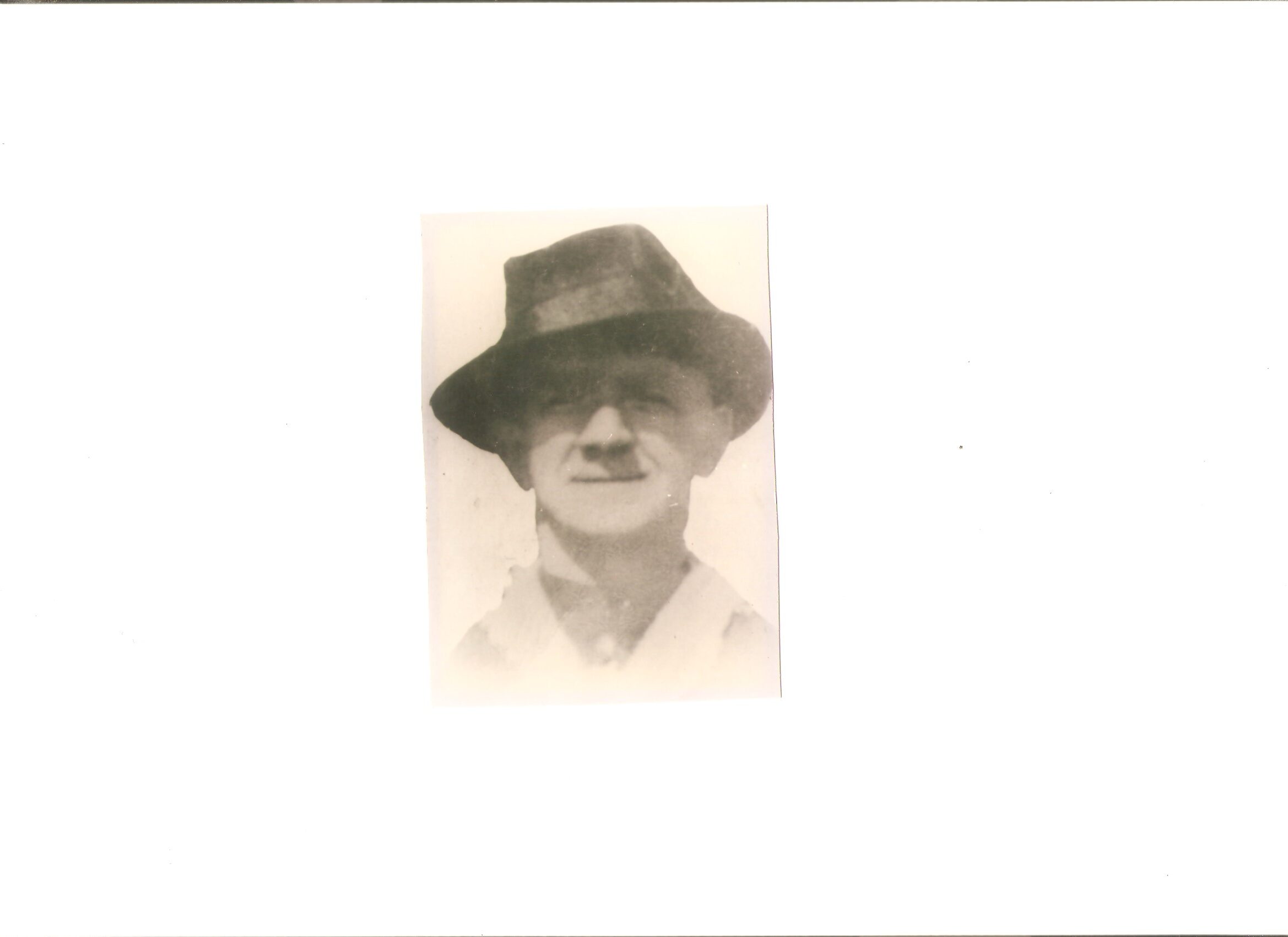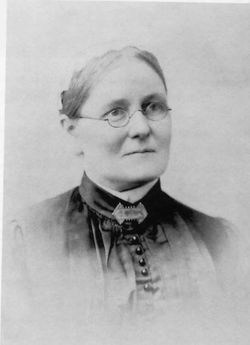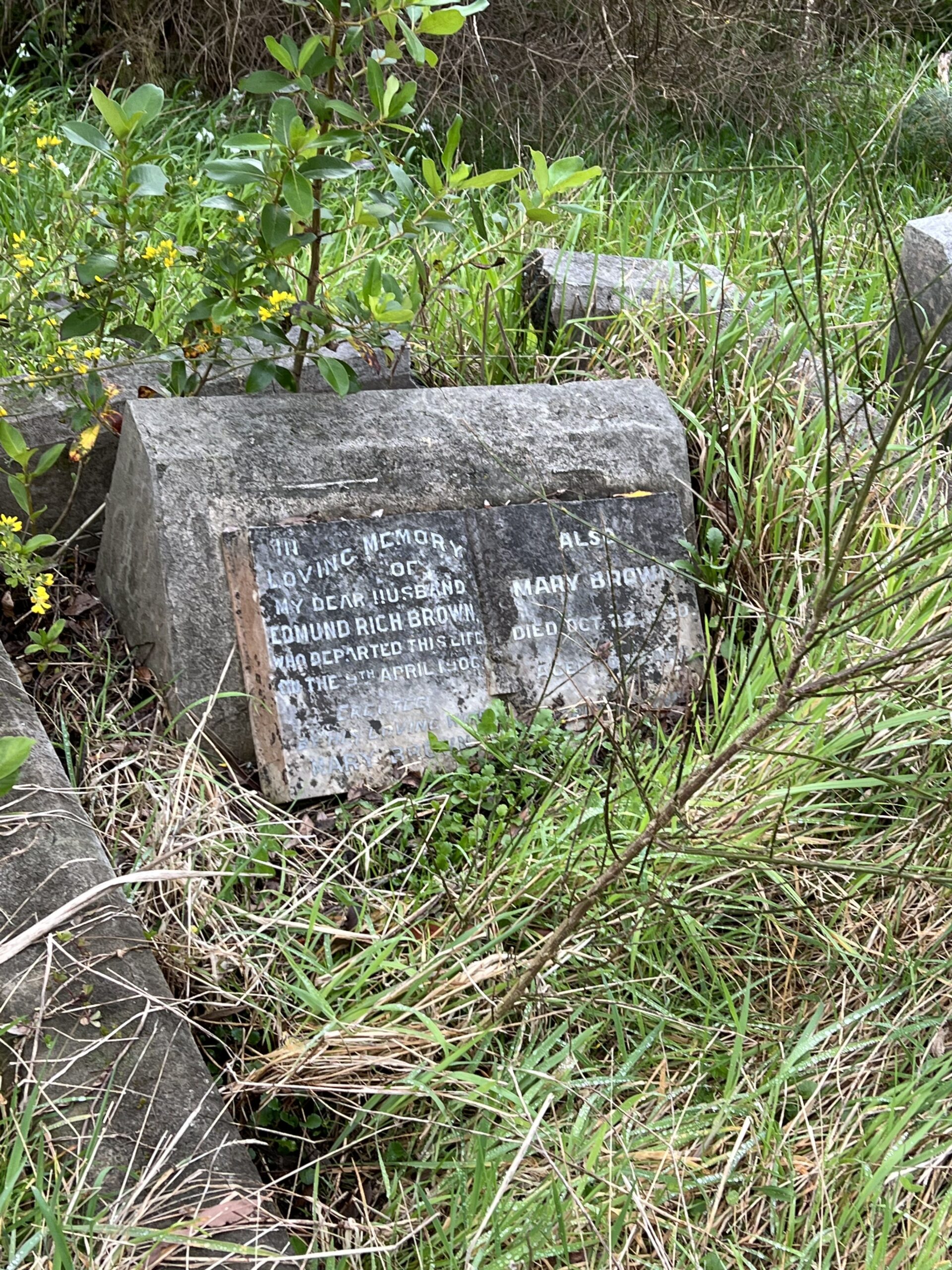The USS Co’s SS Penguin was a very familiar sight in Wellington harbour as she plied back and forward to Nelson and Picton providing a ferry service much like today. …

Sir Francis Bell
Francis Henry Dillon Bell was born in 1851 the eldest son of the former New Zealand Company agent Francis Dillon Bell. He was educated at Auckland Grammar, Otago Boys, and…

Albert Martin
Albert Martin (1882-1940) Last November Margaret, who is one of our Members, put us in touch with Alan and Yvonne Townsend who she found looking a bit lost in the…

Dr David Nairn
(information supplied in part by one of his descendants) David was born in 1863 in Dundee, Scotland to William Nairn and his wife Elizabeth Mathewson. William was a merchant linen…

Reginald Berry
Reginald George James Berry (known as James)designer of the first New Zealand decimal coins Berry was born in London in 1906. He went to Russell Hill boarding school and won…

Dr John Ewart
“There has probably never been a greater superintendent of the Wellington Hospital than Dr Ewart” (Evening Post, 5 August 1939). This story was inspired by a Genealogy Investigations story on…

Mary Anne Swaison
This grave is the burial plot of Mary Anne Swainson. She was born in 1833 near Hull in the English Midlands and arrived in New Zealand in 1856. In 1859…

Lambro Parris
Lambro was born in 1878 to Andrew and Mary (nee Jackson) Parris. According to Lambro’s obituary, he commenced work on wharves in 1885. He was a foundation member of the…

Mary Jackson
“Look Before You Leap” . This was the title of a newspaper article reporting on Mary’s marriage in 1882. Andrew Parris married Mary Jackson at St Mary of the Angels…

Peter Fraser
Peter Fraser was born in 1884 in the far north Scottish Highlands. He left school early and worked to help support his family, but unemployment forced him to go to London. …

